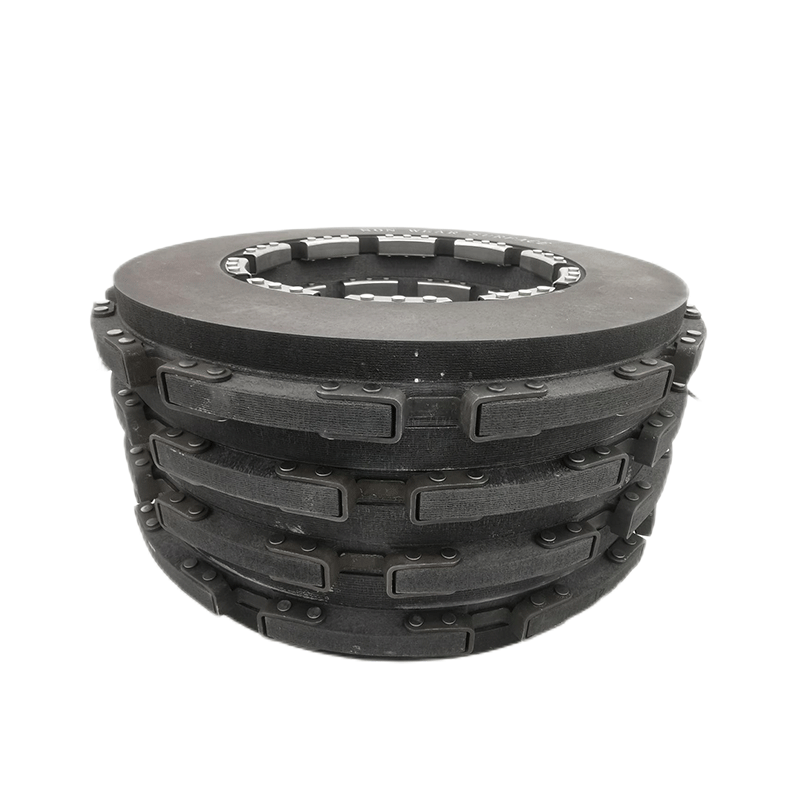
Carbon Heat Sink GA31984
Description: Carbon Heat Sink Assembly GA31984
Approval: CAAC PMA
Condition: New
Aircraft Type: A320
Compatibale with brake unit P/N:
Alternative P/N:
Product information
Material: Carbon Carbon (C/C) composite
Description: Carbon Heat Sink Assembly
Condition: New
Aircraft Type:
Compatibale with brake unit P/N:
Alternative P/N:
Related Products
Carbon/Carbon vs. Steel Heat Pack Aircraft Brakes: Key Differences Explained
When it comes to aircraft braking systems, the choice between carbon/carbon (C/C) heat pack and steel heat pack brakes is critical for performance, safety, and efficiency. Both types serve the same purpose—converting kinetic energy into heat to slow or stop an aircraft—but their material properties, performance characteristics, and operational advantages differ significantly. In this article, we’ll explore the key differences between C/C and steel heat pack brakes, helping you understand their roles in aviation.
What Are Aircraft Brake Heat Packs?
Aircraft brakes, often referred to as heat packs, are designed to absorb and dissipate the immense kinetic energy generated during landing or taxiing. The heat pack consists of alternating stationary and rotating discs (stators and rotors) that create friction to slow the aircraft. The material used in these discs—either carbon/carbon or steel—greatly impacts performance, weight, durability, and cost.
Carbon/Carbon (C/C) Heat Pack Brakes
C/C brakes are made from carbon fiber reinforced with a carbon matrix, creating a lightweight, high-performance material. Originally developed for high-performance military aircraft and applications like the Concorde, C/C brakes have become the standard for many modern commercial aircraft due to their superior characteristics.
Advantages of C/C Heat Pack Brakes
Lightweight Design: C/C brakes are significantly lighter than steel brakes, often by 40% or more. For example, on a Boeing 737, C/C brakes can save up to 700 pounds (320 kg) compared to steel brakes, reducing fuel consumption and CO2 emissions.
High Heat Tolerance: C/C brakes can withstand extreme temperatures, up to 3,000°C (5,400°F), without deforming, making them ideal for high-energy braking scenarios like rejected takeoffs (RTOs).
Longer Lifespan: On average, C/C brakes last for about 2,000 landings, roughly twice as long as steel brakes, which typically handle 1,000 landings. This reduces maintenance frequency and costs.
Superior Thermal Conductivity: C/C brakes have high thermal conductivity, allowing them to dissipate heat more efficiently, which is crucial for short turnaround times.
Wear Characteristics: Wear in C/C brakes is primarily driven by the number of brake applications rather than the energy absorbed. Using fewer, firmer brake applications during taxiing maximizes their lifespan.
Disadvantages of C/C Heat Pack Brakes
Higher Initial Cost: C/C brakes are more expensive to produce due to the complex manufacturing process, which can take months.
Susceptibility to Cold Wear: C/C brakes wear more when cold, particularly during initial taxiing, requiring specific operational techniques to optimize performance.
Corrosion Risk: Prolonged exposure to harsh environments, like runway deicer, can lead to corrosion if not maintained properly.
Steel Heat Pack Brakes
Steel brakes, traditionally used in aviation, consist of steel rotors and friction pads. While they were the standard for many years, they are now often replaced by C/C brakes in newer aircraft models due to their limitations in high-performance applications.
Advantages of Steel Heat Pack Brakes
Lower Initial Cost: Steel brakes are generally cheaper to manufacture and purchase, making them a cost-effective option for some operators.
Smooth Operation: Steel brakes provide smoother braking at low speeds compared to the “grabby” nature of C/C brakes when cold.
Established Technology: Steel brakes have a long history in aviation, with well-understood maintenance and overhaul procedures.
Disadvantages of Steel Heat Pack Brakes
Heavier Weight: Steel brakes are significantly heavier than C/C brakes, adding up to 700 pounds (320 kg) on aircraft like the Boeing 737, increasing fuel consumption.
Lower Heat Tolerance: Steel brakes can only withstand temperatures up to 2,000°C (3,600°F), making them less suitable for high-energy braking scenarios.
Shorter Lifespan: Steel brakes typically require replacement after about 1,000 landings, leading to more frequent maintenance.
Energy-Dependent Wear: Steel brake wear is proportional to the kinetic energy absorbed, meaning high-speed or heavy aircraft braking reduces their lifespan.
Key Operational Differences
Braking Techniques
C/C Brakes: To maximize lifespan, pilots should use fewer, firmer brake applications during taxiing, allowing the brakes to heat up to their optimal operating temperature (around 200°C or higher). Multiple light applications increase wear.
Steel Brakes: Pilots should use multiple light brake applications with cooling periods in between to minimize heat buildup, as wear is directly tied to energy absorption.
Performance in High-Stress Scenarios
C/C brakes outperform steel brakes in high-energy situations, such as rejected takeoffs or rapid turnarounds, due to their ability to absorb and dissipate heat efficiently. Steel brakes, however, may suffer from brake fade under similar conditions.
Cost and Maintenance Considerations
While C/C brakes have a higher upfront cost, their longer lifespan and lower maintenance frequency often make them more cost-effective over time. For example, Copa Airlines’ switch to C/C brakes for their 737NG fleet was driven by weight savings and reduced operating costs. Steel brakes, while cheaper initially, require more frequent overhauls and replacements, increasing long-term costs.
Environmental Impact
C/C brakes contribute to lower fuel consumption and CO2 emissions due to their lighter weight. For instance, a Boeing 737 NG with C/C brakes can save significant fuel over its operational life, aligning with the aviation industry’s sustainability goals.
Which Is Better for Aircraft?
The choice between C/C and steel heat pack brakes depends on the aircraft type, operational needs, and budget. C/C brakes are ideal for modern, high-performance aircraft, especially those with frequent landings or short turnarounds, due to their lightweight design, heat resistance, and durability. Steel brakes may still be suitable for smaller, less demanding aircraft or operators prioritizing lower initial costs.
For airlines like Copa Airlines or manufacturers like Boeing and Airbus, the trend is clear: C/C brakes are increasingly the standard for new aircraft due to their operational and environmental benefits.
Conclusion
Understanding the differences between carbon/carbon and steel heat pack brakes is essential for optimizing aircraft performance and safety. While C/C brakes offer superior heat resistance, weight savings, and longevity, steel brakes remain a cost-effective option for specific applications. By choosing the right brake type and adopting proper operational techniques, airlines can enhance efficiency, reduce costs, and improve sustainability.
